One of my favorite programs to do with my students is Book in a Bag. This reading program helps my students get books in their hands that are at their level. In order to be a better reader, you need to read. This is a difficult task for beginning readers because many families don’t have access to the right books.
It all begins with a leveled library of books and the students reading level. I’m sure every school is different in how they assess and what sort of system they use. In my school, we assess using the DRA (Diagnostic Reading Assessment). Once I have those levels, I use them to determine a starting point for each student. This is how I set up my Book in a Bag program.
Book in a Bag Volunteers
First I ask for parent volunteers. I usually divide my students into 3 groups and have 3 different volunteers come every week. You will want parents who are willing to come every week consistently to make the program work.
Book in a Bag Books
You will need leveled books. I started with a base of books from years of teaching and every year I add to my cart. Thankfully Scholastic now shows the level on their books. When I get a book order, I check my cart to see what level is low and then I hunt through the order for those books. Don’t forget to save yourself a copy. Once the books come in, you will need to level them. This year I was able to fill my cart up nicely with a variety of books.
Book in a Bag Organization
I try not to make it too complicated. Each student gets a file folder and I staple a recording sheet inside. On the first day, I write the level the starting level for the student. When the parent comes, they pick out 2 books for the students at that level. I have the children help them choose. If you don’t have a lot of books, don’t worry. Just have your students take 1 book home. That is how I started years ago. On the recording form, I have the parent record the titles of the books. I do this just to keep track in case they lose a book at home.
This is what I send home with the students. They also have a recording sheet that is a little different. It has boxes at the end where an adult can let us know if they have mastered the books or if they need more support. I also include an introductory letter explaining how the program works. It tells the parent what day the students need to return their books and that they should read them 5 out of the 7 days of the week. Of course, I also include the two books they picked out.
At the bottom of the cart, I have extra copies for the parents to use if they need them throughout the year.
How it Works
Every week when a parent volunteer comes, they pull one student out in the hallway to read. The students pick 1 of the 2 books to read to the adult. If it is a longer book, they read a little piece of it. After reading, the parent helps the child pick out 2 new books. Once they are finished, the student puts their “book in a bag” books in their mailbox and gets the next student to come out in the hallway. It is less distracting this way and you hardly know they are there.
Q & A
How do they move up? I let the parents use their own judgment as well as the notes from the parents on whether to move a student up or not.
What do you do if they don’t bring back a book? I let them get another set of books. If they have 2 sets out, we usually wait to send more home.
What do you do if a parent volunteer cancels? I usually try to switch the books out or have a different volunteer help switch them out.
What do you do if the parent doesn’t read with them at home? I have used high school helpers, parent volunteers, or I spend a little extra time reading with them.
If you would like some of the Book in a Bag forms to get you started on this program CLICK HERE!
Read more about my Guided Reading with a Purpose program and other curriculum resources here:


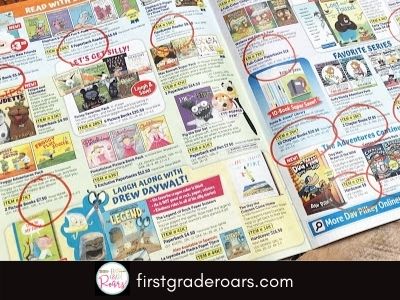



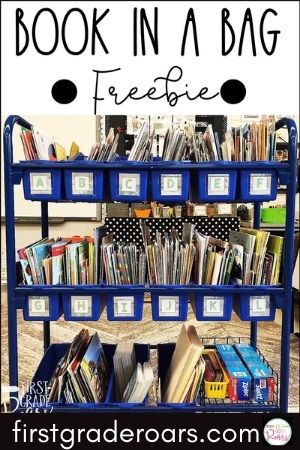
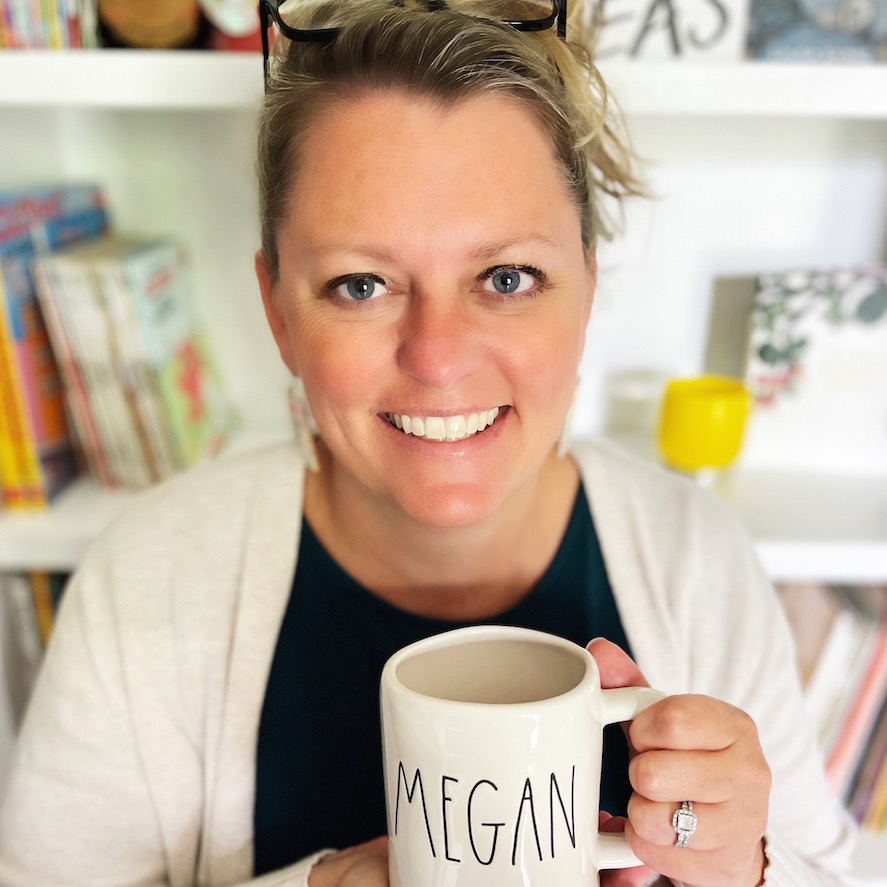
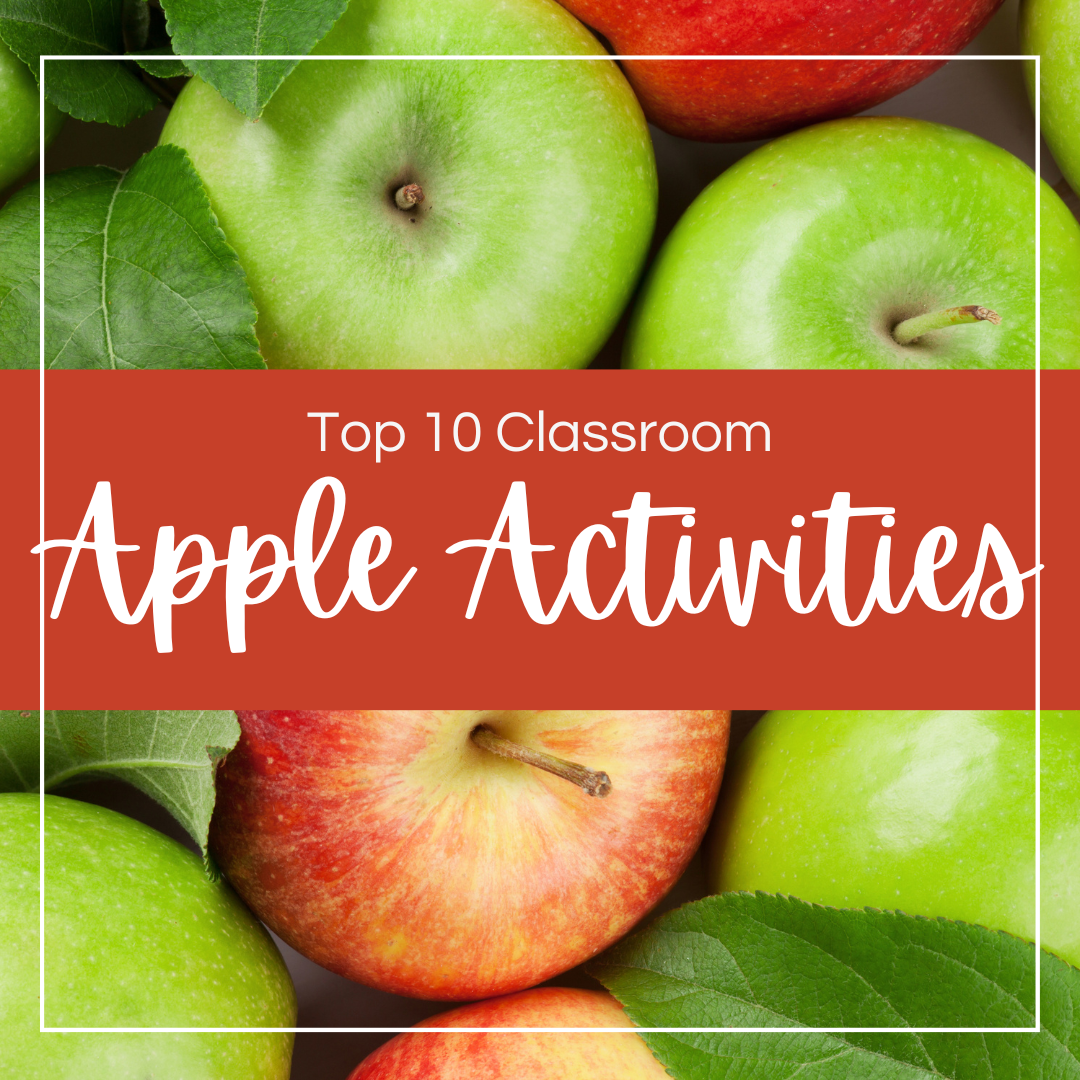


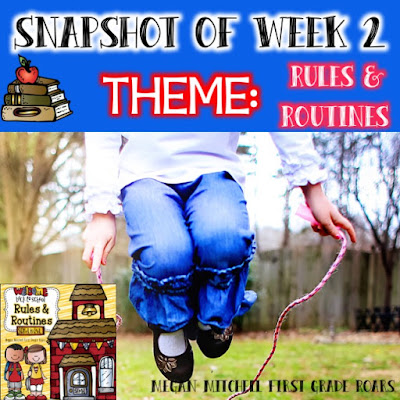

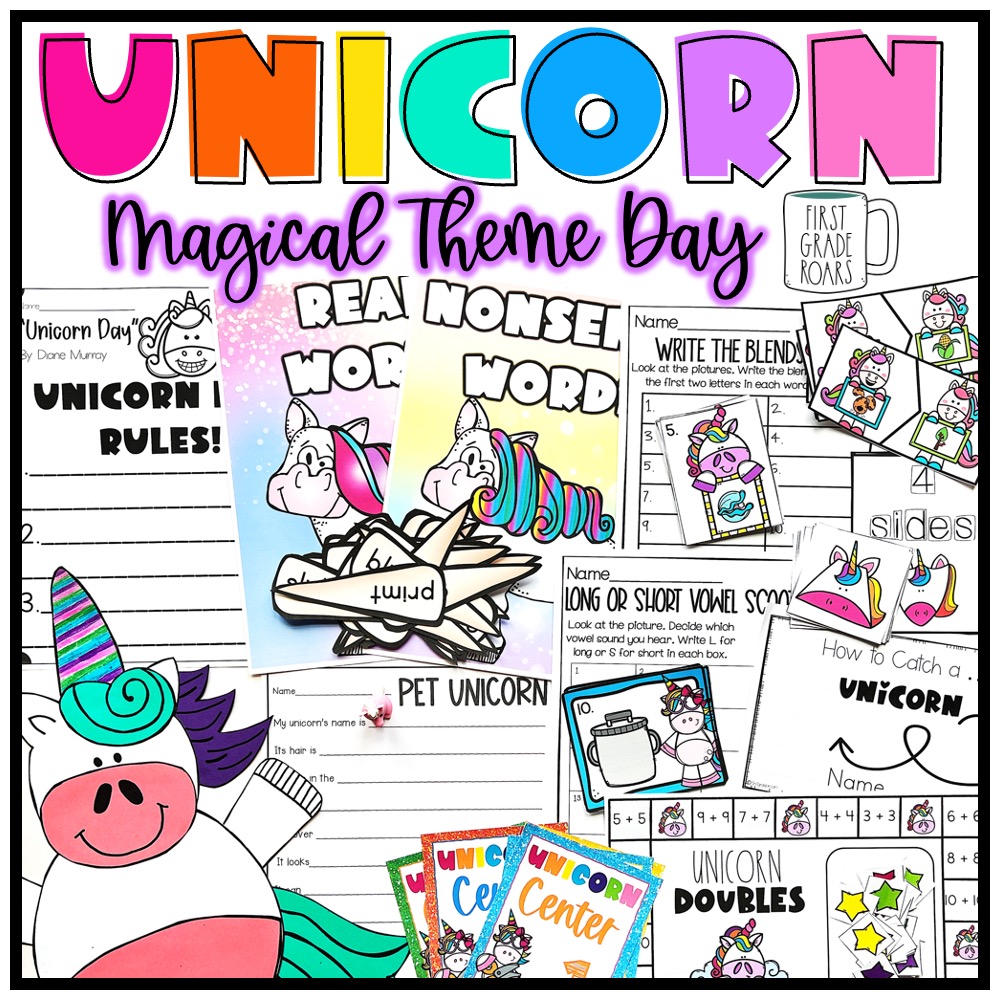
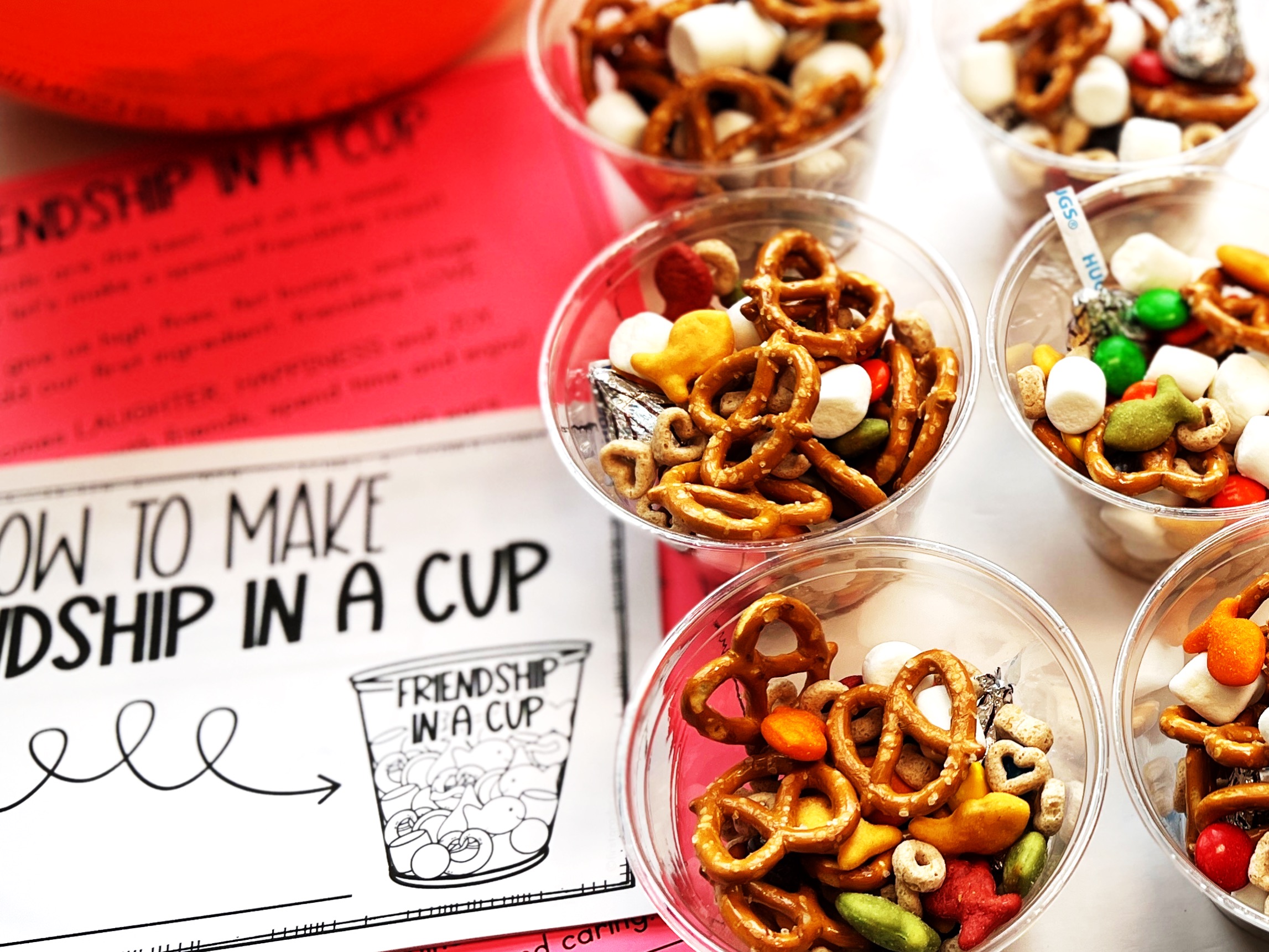


2 Comments
Hi Megan! Tremendous efforts you put in, to imbibe reading habits in your students. The advantages of reading are enormous it helps the child get to know sounds, words, and language, and develop early literacy skills, spark child’s imagination and stimulate curiosity, develop a child’s brain, ability to focus, help your child learn about the world, their own culture and other cultures. I would like to share with you 10 Confidence-Boosting Books for Kindergarten Kids, I am sure you will find them helpful. I remember one of my primary teachers used to motivate kids for reading and started a ritual of donating a book on a student's birthday with his picture pasted on the first page and a signature. It was her way to teach kids about the value of books and stories. Thanks for the inspiring post with great ideas.
picking what is interesting and unique, completely wholesale pp mesh bags different what every other person purchases.